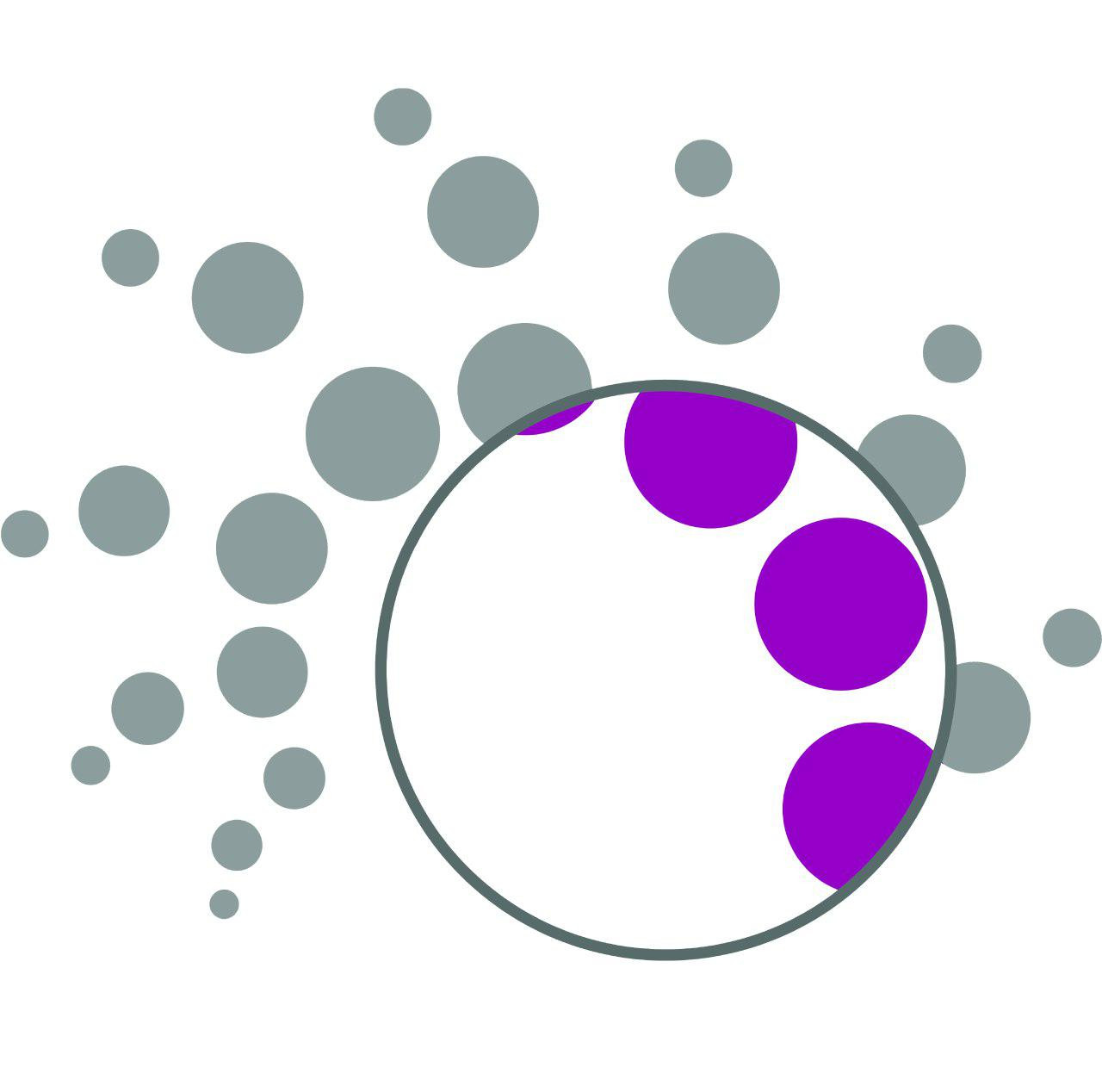Electrospinning is regarded as one of the versatile and popular industrial methods in producing polymer nanofibers from suspension solution (precursor polymer). This method in some respect is very similar to its much earlier variant, i.e. Dry Spinning; in which precursor polymer is pushed through a die (here called spinneret) like extrusion process, and after evaporation of its solvents, converted to the threads and fibers. However, there is an important difference in electrospinning process; since the aim is to produce very fine fibers (in range of micrometer to nanometer), spinneret must comprise of capillary tube to be able to produce a fine jet of precursor (below 1 mm diameter). The other important difference is applying high voltage (tens of kV) to the spinneret unit, which forces the polarized liquid (precursor) to be pulled towards electric field. This force acts in opposite direction to the liquid surface tension inside the capillary tube. When the electric forces overcome the liquid surface tension forces, a fine jet of precursor comes out of the spinneret and accelerates toward a plate with opposite polarity called plate collector. The flow of precursor which injects into spinneret unit can be also adjusted via syringe pump unit.
Another important effect of electric field is that when solvents evaporate, due to the induced electric charges in precursor, strong repulsive electrostatic forces are generated among the polymer threads. These forces make the precursor jet unstable, as if causing whipping motions, successive stretching and bending; and finally make the solution jet thinner and thinner continuously until reaches to the plate collector. In this plate, polymer fibers with minimum diameters are gathered. Proper adjustment of the parameters of the electrospinning process is a key to produce very fine fibers with diameters from micrometers to nanometers.
The full-automatic laboratory electrospinning instruments are able to produce a wide range of natural and synthetic polymer nanofibers, as well as polymer and ceramic nanoparticles. This apparatus also allows production of non-woven nanofiber beds, arranged nanofibers, multi-layers of nanofibers, and continuous and/or discontinuous products composed of nanofibers.
The full-automatic laboratory instruments, manufactured by this company, are offered in three different models including NF COADN-VI, NF CO-ANVI and NF CO-ENVI, each of which is capable of producing a wide range of nanofibers from natural and synthetic polymers, as well as nanoparticles of polymers and ceramics. Generally, due to the integrated design of user interface software and utilizing proper equipment, all these models offer adjustability, capability of change and control over all process variables before and during the operation.
Likewise, due to a flexible and modular design, it is possible to customize equipment and modules of the system according to the requirements of users. Some other common features of these models include possibility of exploiting dual use technology of this apparatus which can be used as electrospray system, capability of utilizing different arrangements of spinnerets and collectors, and taking advantages of safety systems like safety door lock for prevention electric shock and safety evacuation system for safe discharge of poisonous solvents and suspended nanofibers. Details of technical specifications are presented in the following Table.
When the repulsive electrostatic forces overcome the surface tension forces, the destruction, bending, twisting and stretching of fibers occur with respect to the device conditions; occurrence of a combination of these phenomena or each one individually can lead to the conversion of a solution jet with millimeter diameter to one or several jets with a diameter in the nanometer range. So this device can be mainly utilized in production of nanofibers.
- Use a proper power cable.
- Make sure that the connection of electrical cables is correct.
- Ensure that the earth connection cable is right.
- Device should be installed in a place with proper ventilation.
- Auto-check and automatic calibration should be performed each time the device is initiated.
- For more details on how to use the device, refer to the device catalog and user guide.
- Microswitch to cut off the voltage when the device door is open.
- The installation site should be equipped with a proper ventilation system for evacuation of organic solvents.
- Device has been equipped with an emergency power switch.
- Device has a safety door lock to prevent electric shock or fire.
- Device has been equipped with a safety evacuation system for the safe discharge of poisonous solvents and suspended nanofibers.
- To protect environment and reuse the solvents, a solvent recycling system has been added to the device.



